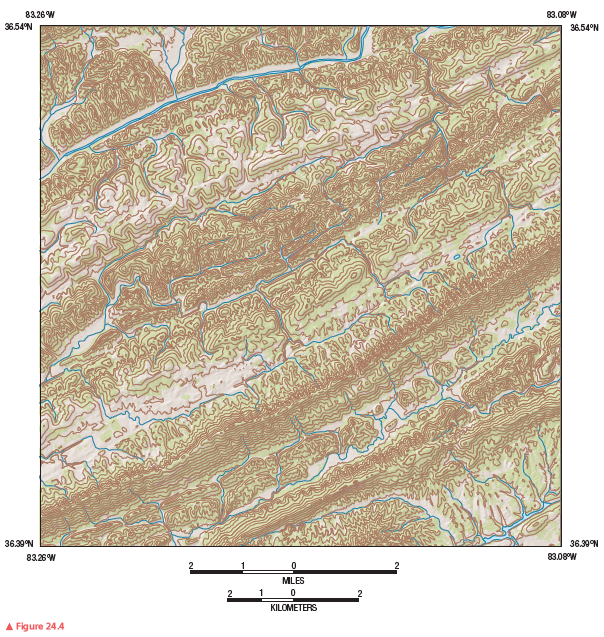Humans affect mountain biomes by
a. plowing and conversion of pristine land to cropland
b. depletion of groundwater
c. increased air pollution from urban areas
d. hydroelectric dams and reservoirs
e. establishment of tree plantations
D
You might also like to view...
In the space below, sketch the topographic map symbol for a marsh or swamp. With a blue colored pencil or pen, lightly shade the backswamp areas on the topographic map.
Figure 24.8 is a portion of the Philipp, Mississippi, 7.5-minute quadrangle in northwestern Mississippi. The Tallahatchie River flows through the landscape from west to east. (Remember to use the topographic map symbol legend inside the front cover of this manual.)
Review Figure 24.4, analyze Figure 24.8 closely, and answer the following questions and completion items about Figure 24.8.


Which of the following is NOT an example of subsidence?
a. submerged land in the Gulf of Alaska b. the low-lying areas of New Orleans c. Palace of Fine Arts, Mexico City d. Baytown, Texas e. The Leaning Tower of Pisa
Heat transfer through fluid mixing is called ________
Fill in the blank(s) with the appropriate word(s).
Waves in the westerlies typically provide: a. wind speed shear
b. warm and cold advection. c. convergence and divergence. d. All of these choices.